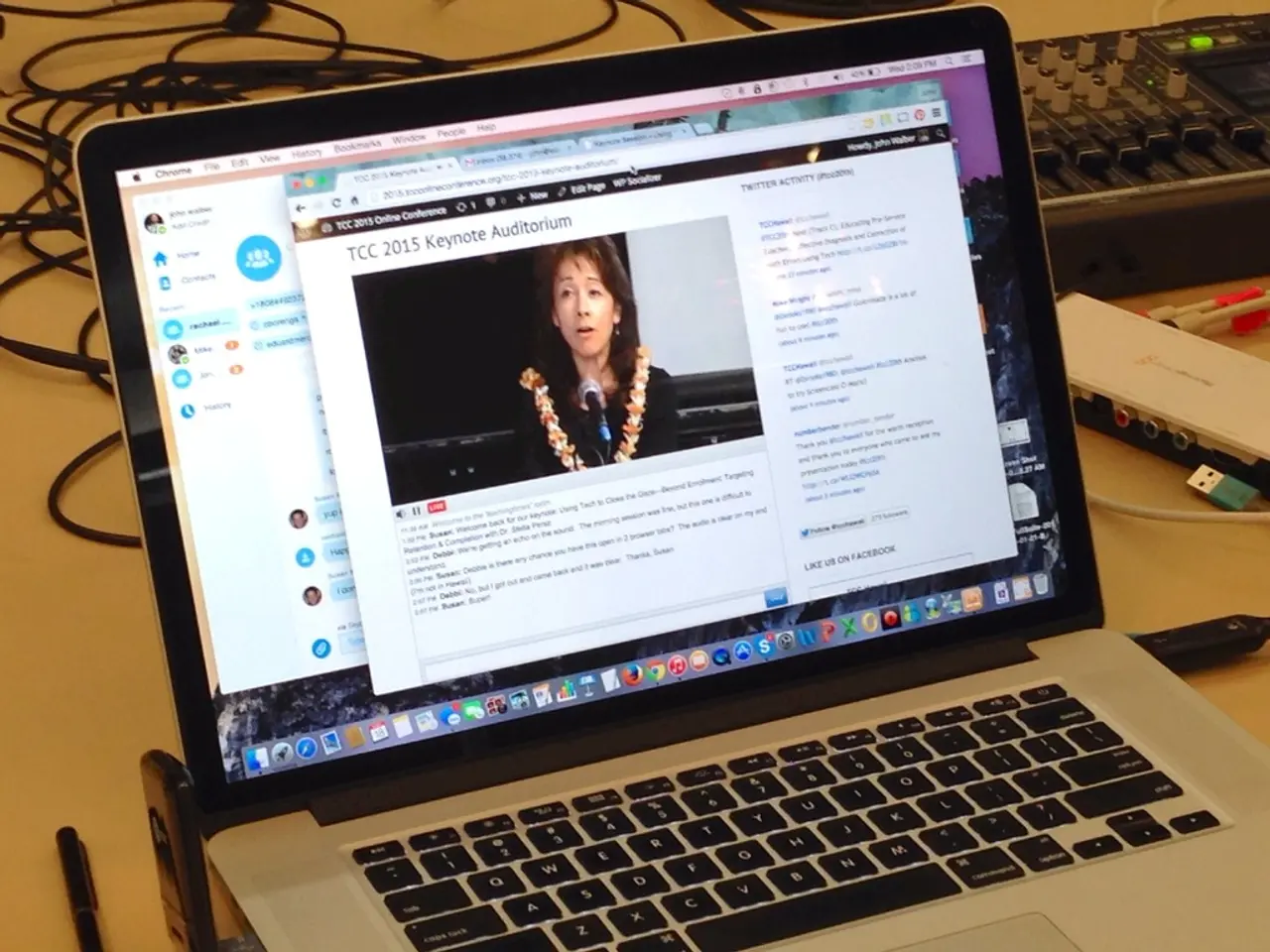Heading Towards the Alternative Wedding Venue
In the realm of high-performance computing, Chapel stands out as a programming language that makes it easier to write software that leverages multiple CPUs, GPUs, and networked computers. By abstracting compute resources as Locales, Chapel provides a higher-level, more general alternative to traditional methods like CUDA or MPI, especially when targeting heterogeneous computing environments.
### Key Concepts and Features in Chapel
At the heart of Chapel's parallel and distributed computing capabilities are Locales. These abstracted compute resources can represent CPUs, GPUs, or even remote nodes in a networked cluster. With Chapel, you can run code in parallel across tasks or locales using `coforall` loops, control where code executes with the `on` statement, and write GPU kernels explicitly. Additionally, Chapel supports distributed data structures and enforces safe parallelism, simplifying the coding of networked or multi-node applications.
### Example Code Snippets
Here are some simple code snippets demonstrating the usage of Chapel's key features:
1. Running code on all computing nodes (locales):
```chapel coforall loc in Locales do on loc do writeln("Hello from locale ", loc.id); ```
2. Running tasks in parallel per core on each locale:
```chapel coforall loc in Locales do on loc do coforall tid in 0..
In the realm of high-performance computing, the Chapel programming language is utilized to write software that leverages multiple CPUs, GPUs, and networked computers. With Chapel, you can run code in parallel across tasks or locates using loops and control where code executes with the statement.
Moreover, Chapel's support for distributed data structures and enforcement of safe parallelism aids in the coding of networked or multi-node applications, demonstrating the technology's role in abstracting and simplifying parallel and distributed computing tasks.




